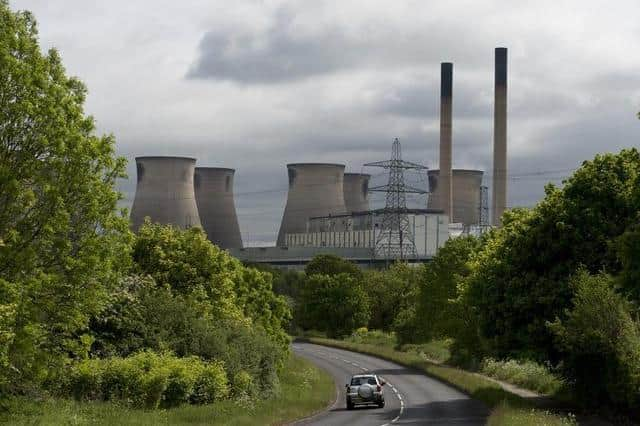Ferrybridge Power Station demolition: Last of the cooling towers to come down this week
The final demolition on the evening of March 17 will see the end of a three-year project to demolish the former power station, which was officially closed by SSE in March 2016 having produced electricity for over 50 years.
The last three towers will be demolished using controlled explosive, and an exclusion zone with be in place.
Advertisement
Hide AdAdvertisement
Hide AdSSE's contractor Keltbray will be at the scene and engaging with residents throughout the evening. However, there is not an expectation that residents will need to leave their homes.


In August 2021, COP26 President and Government Minister Alok Sharma, pressed the button to demolish two chimney stacks and the main boiler house at the site. That followed the demolition of five cooling towers in two separate blowdowns in 2019.
Ferrybridge Power Station, officially known as Ferrybridge C, has been a landmark of Ferrybridge and Knottingley for more than 50 years. During its heyday it employed more than 900 people.
It became an unconventional tourist attraction in the 1980s when it was opened to the public, causing major traffic congestion on the A1.
Advertisement
Hide AdAdvertisement
Hide AdThe Conservative government announced plans to privatise the electricity industry in 1988 and the station's owner was announced as PowerGen plc.
However, rising costs meant that it had to close down in 2016. The demolition began in 2018 and more demolitions continued a year later which saw thousands of people gathering at the scene to watch it all unfold.
The closure of the station and subsequent demolition works are part of SSE’s transition to a low-carbon energy future, in line with the UK’s target for net zero carbon emissions by 2050.
